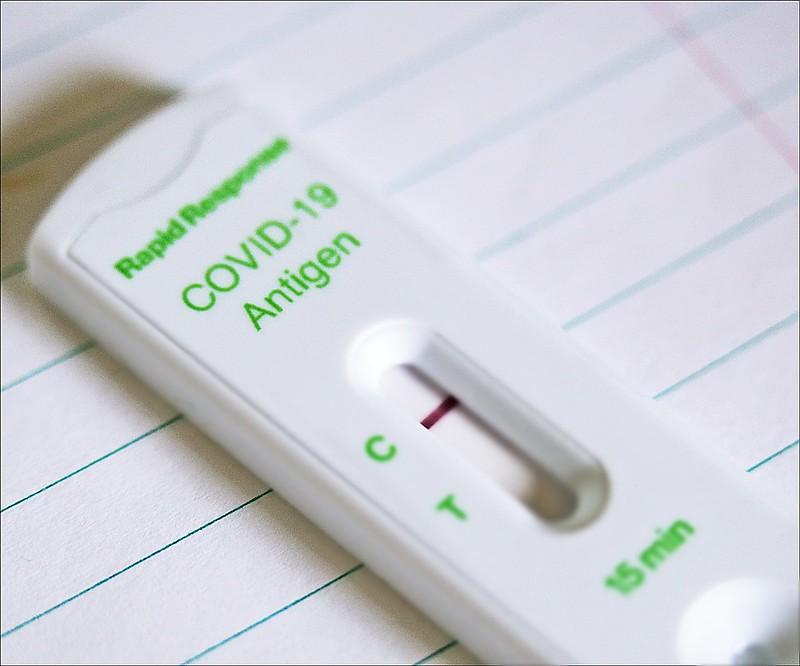After a modest holiday bump for COVID-19 and an early surge for flu, levels of both illnesses continue to fall, the Centers for Disease Control and Prevention (CDC) said today in separate reports.
XBB.1.5 proportions rise in all regions
Proportions of the more transmissible Omicron XBB.1.5 subvariant continue to rise, and the CDC estimates that it now makes up 66.4% of new cases, up from about 60% the previous week. The proportion of XBB.1.5 is rising in all parts of the country but is dominant across the eastern seaboard and in the south.
All other Omicron lineages are declining, including CH.1, which appears to be partly fueling upward COVID-19 levels in the United Kingdom.
In its weekly snapshot of COVID-19 data, the CDC said the 7-day average for new daily cases is 40,130, down 6.7% compared to a week ago. The weekly averages also show an 8.4% decrease in hospitalizations. The nation is averaging 493 deaths a day, down 9% from a week ago.
One marker that rose was polymerase chain reaction (PCR) test positivity, which was up compared to the week before and is at 11%.
In other US COVID developments, the Food and Drug Administration (FDA) on Feb 1 announced that it revised the emergency use authorizations for the two oral antivirals treatments—Paxlovid and Lagevrio—to remove the requirement for a positive COVID-19 test before prescribing.
Flu continues steady decline
In its latest weekly flu update today, the CDC said most indicators fell, except for the percentage of outpatient visits for flulike illness, which for the second week in a row remained at 2.6%, just a hair above the national baseline.
Only four jurisdictions reported very high or high flu activity, a marker that also reflects doctor visits for flu. Oklahoma is still reporting very high activity. Meanwhile, New Mexico, New York City, and Puerto Rico are still reporting high flu activity.
Influenza A made up 99.4% of samples that tested positive at public health labs. Of subtyped influenza A viruses, 62.4% were H3N2, and 37.6% were 2009 H1N1.
Hospitalizations for flu and flu activity at long-term care facilities also declined last week.
Six more pediatric flu deaths were reported, bringing the season's total to 97. The latest deaths all occurred over the first 3 weeks of January. All involved influenza A, and of four subtyped viruses, two were 2009 H1N1, and two were H3N2.



















